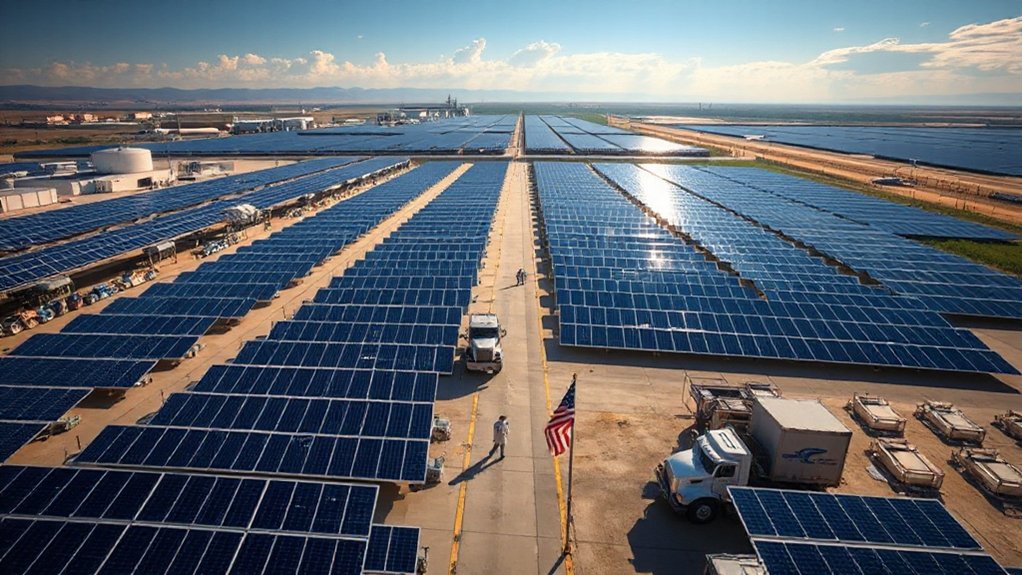Green hydrogen faces significant hurdles despite its promise. It’s costly at $4.50-$12 per kilogram, about five times more expensive than gray hydrogen. The process is inefficient, converting only 15-20% of electricity back to usable energy. Infrastructure limitations and safety concerns further complicate adoption. Even its climate benefits are uncertain, as hydrogen has eight times more warming potential than carbon dioxide if leaked. The path to affordable hydrogen requires overcoming these substantial technical and economic barriers.
Seven major challenges stand in the way of green hydrogen becoming the climate solution many have promised. The process of making hydrogen from water using renewable electricity faces serious efficiency problems. It takes over 50 kilowatt-hours of electricity to produce just one kilogram of hydrogen. The overall efficiency is only 15-20% when converting electricity to hydrogen and back to electricity again.
Cost remains a major barrier. Green hydrogen currently costs between $4.50 and $12 per kilogram, about five times more than “gray” hydrogen made from natural gas. The Department of Energy’s target price of $1 per kilogram by 2031 seems far away. Electrolyzers that split water are expensive and need to run constantly to be cost-effective. Despite these challenges, government subsidies are expected to play a crucial role in making green hydrogen economically viable as emissions standards become stricter.
The idea of using excess renewable energy for hydrogen production faces a reality check. Solar and wind surpluses make up only 10-15% of total renewable generation. Most renewable electricity is already committed to the power grid. Curtailment usually happens in remote areas, far from where hydrogen would be needed.
Infrastructure presents another hurdle. Hydrogen requires completely new storage and transport systems. Existing natural gas pipelines need costly upgrades to handle hydrogen. Safety concerns arise from hydrogen’s high flammability and tendency to leak. These infrastructure challenges are particularly concerning given the need for energy storage remains a significant obstacle in the transition to renewable energy.
Climate benefits aren’t guaranteed either. Hydrogen has eight times more warming potential than carbon dioxide over a 20-year period. Leakage during production and transport can offset climate benefits.
Green hydrogen faces stiff competition from alternatives. Batteries are improving for short-term energy storage. Heat pumps work better for heating buildings. Electric vehicles are more efficient than fuel cell vehicles. Hydrogen fuel cells achieve only 40% to 60% efficiency, which still falls short of battery technology for most applications.
Finally, policy and market issues complicate matters. Subsidies mask hydrogen’s true costs. The fossil fuel industry promotes hydrogen to protect its interests. Without carbon pricing, green hydrogen struggles to compete economically. The hydrogen hype may be diverting resources from more practical climate solutions.









